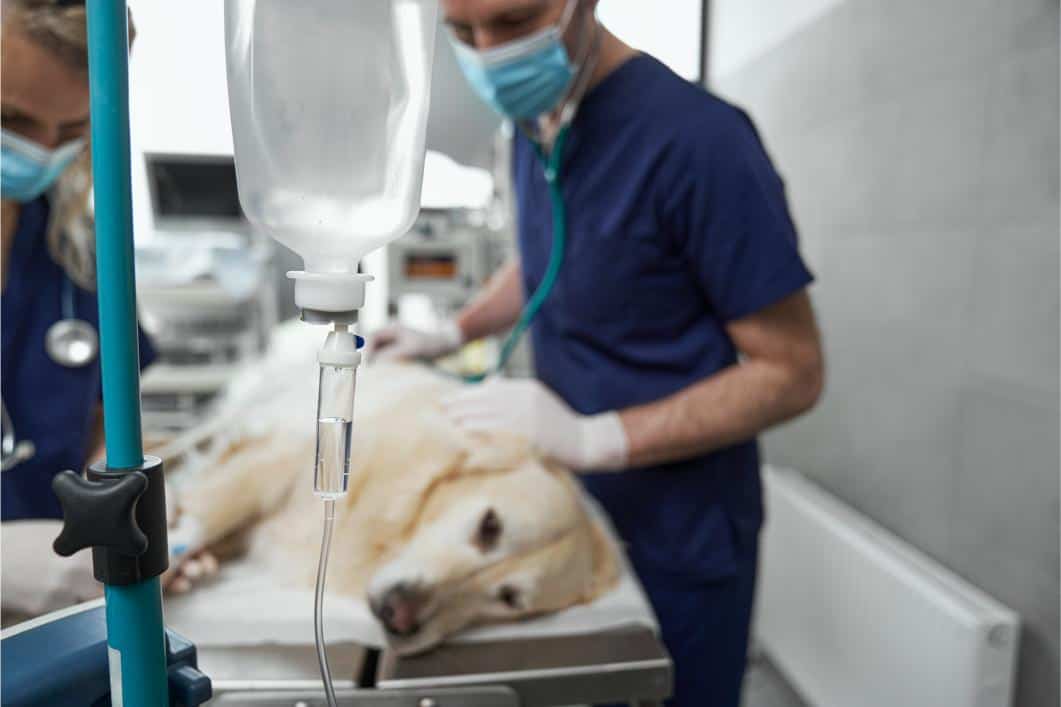Pet Sedation vs. Pet Anesthesia

For most pet parents, their first experience with a pet needing anesthesia is during a spay/neuter surgery. But there may also come a time when sedation is recommended for short procedures. In this blog, our team at Crossroads Animal Hospital explains the difference between sedation and anesthesia. This way, you’ll know what to expect, whether your pet needs a non-invasive treatment, such as minor wound care, or a more complex procedure.
Sedation Explained
For minor procedures, sedation helps by dulling environmental awareness and significantly reducing anxiety, keeping your pet still and relaxed. Unlike general anesthesia, your pet is not fully unconscious and remains capable of responding to gentle stimulation. We typically use sedation for short procedures, including wound care, nail trims for anxious dogs, and diagnostic imaging. We tailor the medication to your pet’s size, health, and temperament, and the effects usually wear off quickly.
Benefits of sedation include:
- Reduced stress for both the pet and the owner
- Faster recovery time
- Less risk in pets with certain health conditions
Understanding General Anesthesia
General anesthesia, on the other hand, is a controlled and reversible state of unconsciousness. It is used for more involved or painful procedures, most commonly surgery, such as spay/neuter, orthopedic repair, or mass removal. While under general anesthesia, your dog won’t feel pain, move, or have awareness of what is happening.
While it can be scary to learn that your pet needs anesthesia, it’s important to know that modern veterinary anesthesia is much like human medicine— it is precise and customizable. We will closely monitor your pet’s heart rate, oxygen levels, and breathing throughout the entire duration of the procedure.
As an added measure of safety, we will perform a thorough physical exam with bloodwork to screen your pet for any hidden health issues before any anesthetic event.
Key features of anesthesia include:
- Complete unconsciousness
- Pain management during and after the procedure
- Continuous monitoring for safety
When Is Each One Used?
The decision to use sedation or anesthesia depends on the nature of the procedure and your pet’s specific needs. For example:
- Short procedures like ear flushes, grooming for aggressive or anxious pets, or diagnostic imaging may only require sedation.
- Surgery, dental cleanings and extractions, or anything involving incisions will require general anesthesia to ensure your pet feels no pain.
Your veterinarian will always weigh the risks and benefits of both approaches and recommend the safest, most effective option for your pet.
Your Pet’s Safety Is Our Priority
We understand that the idea of sedation or anesthesia can sound a bit frightening. That’s why we take every precaution—from pre-anesthetic evaluations to advanced monitoring technology—to minimize risk and provide your pet with the highest level of care.
If you have questions about your pet’s procedure, our team is here to walk you through every step. Your dog’s comfort, safety, and well-being are always our top priorities.
